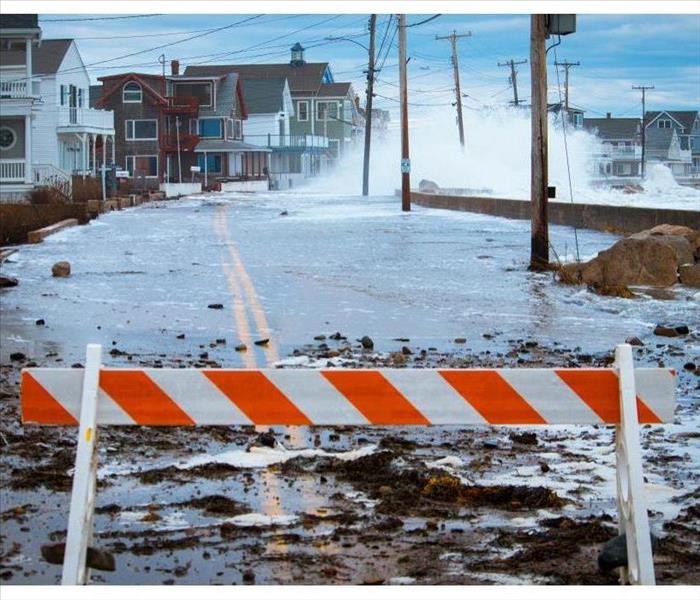What is a Nor'easter?
7/31/2020 (Permalink)
What Makes These Storms So Damaging?
The nor'easter is among the most infamous winter storm patterns in the United States. If you live in the eastern states, you are likely familiar with some of the downsides of having a home in the collision path of two opposing air currents, but you may still be wondering what makes these storms so damaging.
1. A Combination of Opposing Pressure Systems
Between the months of September and April, cold winds from Canada blow southward toward the Atlantic Ocean. Simultaneously, a warm ocean current heats the air, causing a low pressure system to form. The resulting clouds and precipitation soon move up the East Coast as a raging storm. Depending on the origin of air being redirected on the coast, experts refer to patterns as either Miller Type-A or Miller Type-B.
2. A Variety of Winter Weather
Chief among unknown nor'easter facts it that these events do not always produce the same weather phenomena. An infinite number of variables are responsible for winter storms, so snow, wind, rain, sleet and hail are all possible results of different conditions. You and your family should have a plan for flooding, extreme snowfall or high wind events. If you are not sure how to do this, ask a neighbor who has lived in your area for a long time.
3. An Event to Prepare for
Because a nor'easter can result in both damage to property and public infrastructure, it is advisable to keep plenty of supplies on hand during a storm. Some experts recommend keeping at least 3 full days of food stocked in your home in case snow or flooding leaves you stranded.
Read up on storms as much as you can. The more you know about winter weather patterns, the better you can prepare for the next weather event. If your Fox Chase, PA home has already been damaged by a nor'easter or winter storm, do not attempt complex restoration tasks on your own. Contact a storm restoration professional who has experience returning homes to working order.






 24/7 Emergency Service
24/7 Emergency Service